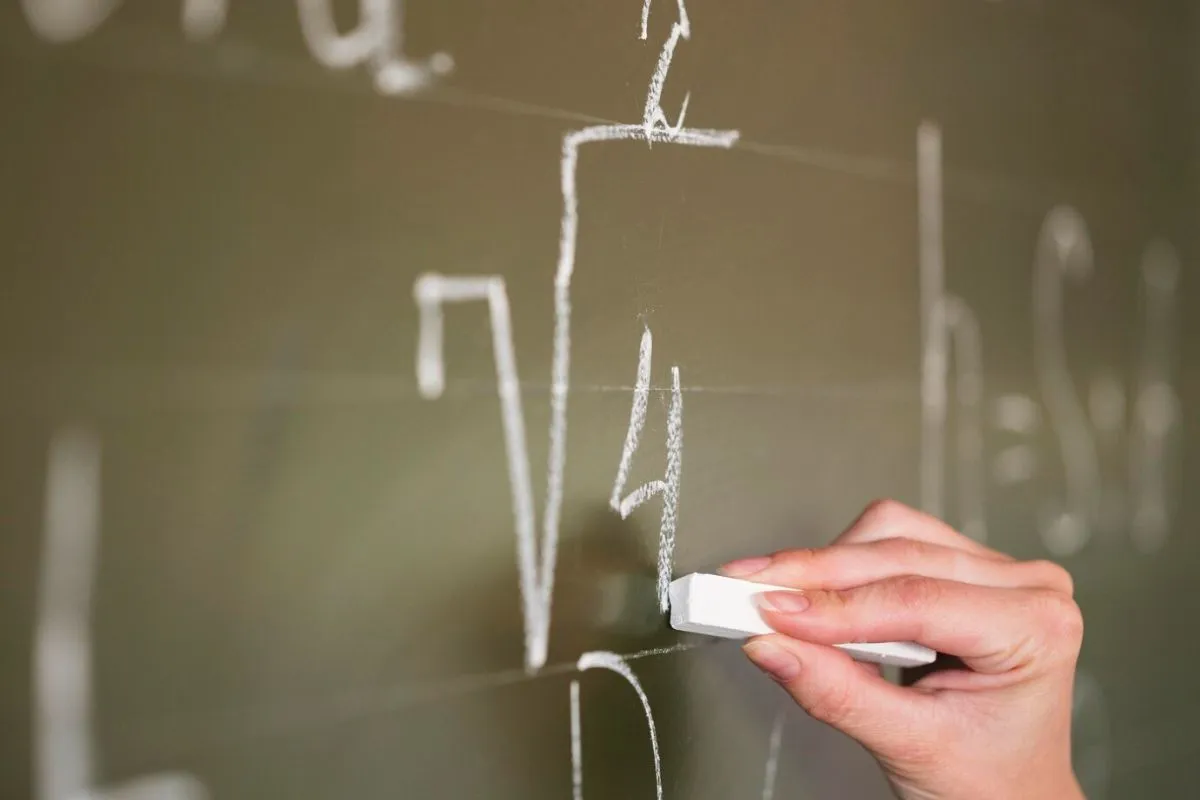Mathematical Modeling of Aurora Borealis Dynamics is a complex and intriguing field. It leverages mathematical principles to understand the phenomena of the Northern Lights. Advanced mathematical techniques aid in predicting these luminous spectacles.
This article delves into Mathematical Modeling, Aurora Borealis, Dynamics, and the predictability of these events. Discover how we can chart the movements and patterns of the Northern Lights. Learn about the mathematical foundations behind these marvelous sky shows.
Understanding Aurora Borealis
Aurora Borealis, also known as Northern Lights, is a natural light display. This phenomenon occurs predominantly in high-latitude regions. It results from the interaction of Earth’s magnetosphere with solar wind.
Geomagnetic storms play a pivotal role. Charged particles collide with gases like oxygen and nitrogen. These collisions result in dazzling lights visible in the upper atmosphere.
The colors of Aurora vary. Oxygen produces green and red hues. Nitrogen gives off blue and purple tones. Understanding these dynamics is critical for effective mathematical modeling.
The Role of Solar Activity
Solar activity significantly influences Aurora Borealis. Solar flares and coronal mass ejections (CMEs) emit vast amounts of energy. This energy interacts with Earth’s magnetosphere, leading to auroral displays.
Solar cycles, approximately 11 years in duration, affect the frequency of Aurora Borealis. High solar activity periods see more frequent and vibrant displays. These cyclical variations necessitate precise mathematical models for accurate predictions.
Geomagnetic Indices and Data
Geomagnetic indices like the Kp index quantify geomagnetic activity. These indices are crucial for modeling auroral activity. Real-time data from satellites and ground stations enhance model accuracy.
Historical geomagnetic data aid in refining models. Long-term data trends provide insights into patterns and variability. Accurate data collection is vital for reliable Mathematical Modeling of Aurora Borealis Dynamics.
Mathematical Foundations of Aurora Borealis Modeling
Effective modeling of auroral dynamics relies on robust mathematical principles. These principles encompass both classical and modern computational techniques. The goal is to forecast auroral occurrences with high precision.
Differential Equations
Differential equations are fundamental to modeling auroral dynamics. They describe how systems change over time. In auroral modeling, they predict the interactions between charged particles and magnetic fields.
These equations account for time-varying factors. They include solar wind speed, magnetic field strength, and particle density. Solving these equations provides insights into auroral behavior.
Examples of Differential Equations in Auroral Modeling
One common example is the convection-diffusion equation. It models the transport of charged particles in the magnetosphere. Another is the Maxwell-Boltzmann equation, describing particle distribution functions.
Computational Methods
Computational methods complement differential equations. Techniques like Finite Element Analysis (FEA) and Finite Difference Methods (FDM) are widely used. These methods solve complex differential equations numerically.
- FEA: Divides the magnetosphere into smaller elements for analysis.
- FDM: Approximates differential equations via discrete points.
- Both methods enhance the accuracy of auroral predictions.
High-performance computing enables real-time auroral predictions. Advanced software and algorithms process vast datasets efficiently. Enhanced computational power improves model fidelity.
Patterns and Predictions
Identifying auroral patterns is key to effective predictions. Mathematical modeling of these patterns involves intricate data analysis. Recognizing recurring features aids in forecasting future auroral events.
Statistical Analysis
Statistical analysis identifies patterns in auroral data. Techniques like Fourier analysis decompose complex signals. These analyses reveal periodic components in auroral activity.
Correlation analysis examines relationships between variables. It identifies significant factors influencing auroral dynamics. These insights refine predictive models.
Temporal and Spatial Patterns
Temporal patterns highlight seasonality and solar cycle effects. Spatial patterns examine auroral oval locations and intensities. Both aspects are crucial for comprehensive auroral modeling.
Machine Learning in Auroral Modeling
Machine learning (ML) enhances auroral predictions. ML algorithms analyze vast auroral datasets. They identify subtle patterns and trends undetectable by traditional methods.
Neural networks, a subset of ML, are particularly effective. They learn from historical data to forecast future auroral events. Incorporating ML boosts the accuracy and reliability of auroral models.
Applications and Implications
Mathematical modeling of Aurora Borealis dynamics has practical applications. These applications span various fields, benefiting both science and society.
Space weather prediction is a primary application. Accurate auroral models help forecast geomagnetic storms. These forecasts protect satellites and power grids from damage.
Tourism also benefits from auroral predictions. Accurate forecasts attract more visitors to aurora-viewing destinations. This boosts local economies and promotes natural beauty appreciation.
Scientific Research
Scientific research relies heavily on auroral modeling. Understanding auroral dynamics advances space weather knowledge. It enhances our understanding of Earth’s magnetosphere and solar-terrestrial interactions.
Research insights can lead to technological advancements. Improved satellite communication and navigation systems are potential outcomes. This highlights the broader impact of auroral research.
Environmental Monitoring
Environmental monitoring benefits from auroral data. Auroras can indicate changes in Earth’s magnetic field. Monitoring these changes aids in understanding geomagnetic variations.
- Auroras as indicators of magnetic field disturbances.
- Implications for climate studies and environmental sciences.
Looking Ahead
The future of Mathematical Modeling of Aurora Borealis Dynamics holds exciting possibilities. Advancements in technology and data analysis will drive progress. Continuous research is essential for refining predictive models.
Interdisciplinary collaboration will enhance auroral modeling. Combining expertise from mathematics, physics, and computer science is crucial. Together, these fields will unlock new insights into auroral dynamics.
Public engagement in auroral studies is also important. Increasing awareness of auroral dynamics fosters appreciation for these natural wonders. It encourages support for research and conservation efforts.
Frequently Asked Questions
What is the cause of Aurora Borealis?
Aurora Borealis is caused by the interaction of Earth’s magnetosphere with solar wind. Charged particles collide with atmospheric gases, producing visible light displays.
How do solar cycles influence Aurora Borealis?
Solar cycles, approximately 11 years long, affect the frequency and intensity of Aurora Borealis. Higher solar activity periods see more frequent and vibrant displays.
What are some key mathematical techniques used in auroral modeling?
Key techniques include differential equations, Finite Element Analysis (FEA), and Finite Difference Methods (FDM). These methods help solve complex interactions within the magnetosphere.
How does machine learning improve auroral predictions?
Machine learning algorithms analyze large datasets to identify patterns and trends. Neural networks, in particular, learn from historical data to improve prediction accuracy.
Why is accurate auroral modeling important?
Accurate auroral modeling is vital for predicting space weather, protecting infrastructure, supporting tourism, and advancing scientific research. It has broad implications across various fields.




